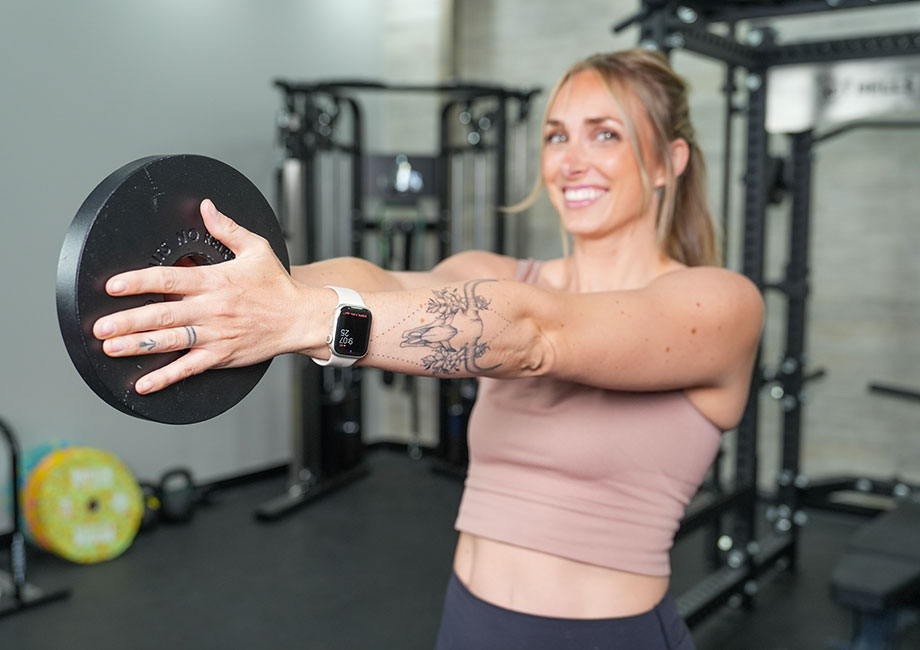We test and review fitness products based on an independent, multi-point methodology. If you use our links to purchase something, we may earn a commission. Read our disclosures.
When asked to name the best chest exercises, likely responses would be the flat and incline bench presses (both barbell and dumbbell), chest flyes, push-ups, and dips. The Svend press likely wouldn’t top that list—if it even made the cut. However, just because it’s an underrated weightlifting exercise doesn’t mean it isn’t effective for muscle building.
Based on my 10 years of experience as a fitness enthusiast and certified personal trainer (CPT), I aim to show you how to do Svend presses with the correct form. I’ll also cover Svend press variations and alternatives, common Svend press mistakes to avoid, and discuss the benefits of including the Svend press exercise in your chest day (Best day!) routine.
Ready to take your upper body to the next level? Let’s get started.
How To Do The Svend Press
To do Svend presses, all you need is two weight plates. These should be light—usually, five or 10-pound plates work best, but you can go lighter. Otherwise, the main difference between Svend presses and other chest exercises is that you’ll want to take Svend presses slower than usual to feel the mind-muscle connection1.
How to do it:
- Stand tall with your feet shoulder-width apart.
- Press two of the best weight plates together with both hands. Your palms should be facing each other and your hands should be open.
- Position your hands in front of your body, ensuring that the plates are touching your chest.
- Brace your core, squeeze your glutes, and retract your shoulder blades.
- Press the plates away from your body until your arms are extended. You’ll want to make sure that the focus is on your chest muscles throughout.
- Pause before reversing the motion in a controlled manner.
- Continue for the desired number of repetitions.
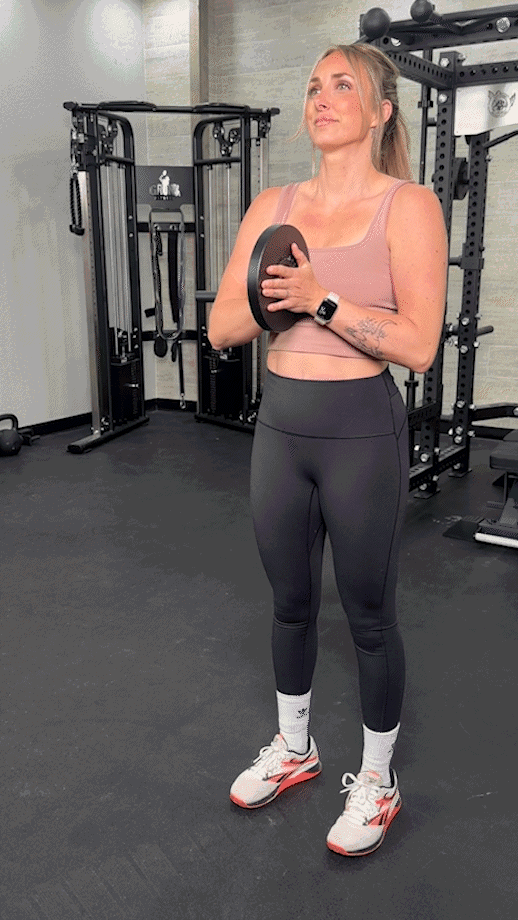
Modifications
- Dial it back: Use light weights, or even do the exercise without weights.
- Make it harder: Increase the load. Alternatively, introduce a longer pause at the top of the movement when your arms are extended.
How To Do the Svend Press At Home
Find a household object that you can replace the weight plates with. From my experience, laundry detergent or cans of food work great.
Svend Press Variations
Here are three Svend press variations you can do with alternate equipment:
- Cable Svend press: Attach handles to each side of a cable machine, and set the pulleys to chest height (similar to how you would for the cable chest fly). Bring both handles to your chest, and slowly press your arms outward until extended.
- Lying Svend press: Instead of standing during the Svend press, lie on a bench or the floor, the latter can help you build your technique and lockout strength for the top of the movement.
- Dumbbell Svend Press: You can replace the weight plates with a single dumbbell and still perform the exercise as intended. You’ll want both hands clasped around the middle of the dumbbell. If you don’t have a dumbbell, use a kettlebell.
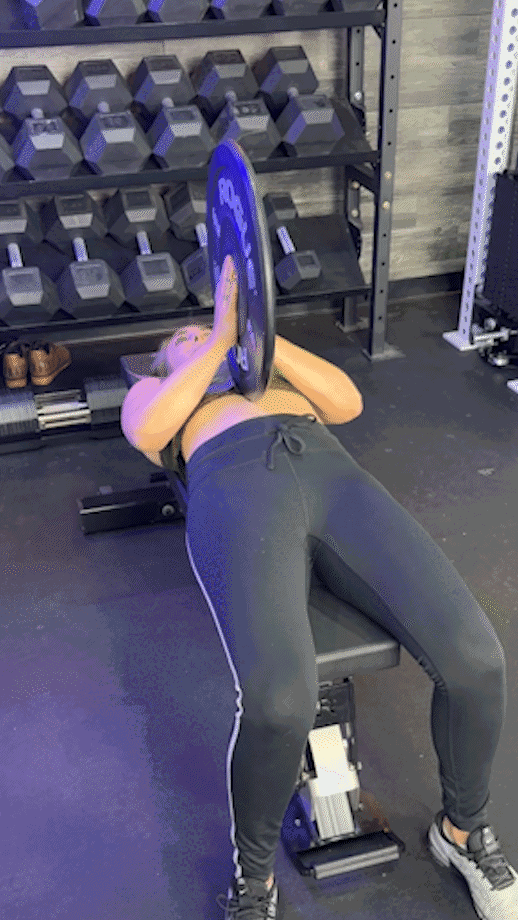
Svend Press Alternatives
Svend presses are excellent for directly targeting your pectoral muscles. However, other exercises can do the same job. Try some or all of the following Svend press alternatives during your next chest workout:
Floor Press
Why do it: The floor press exercise is similar to a dumbbell press but with a reduced range of motion, which places less strain on your shoulder joints and rotator cuff muscles. Unlike Svend presses, you’ll also work on each side of the body separately, helping to correct muscular imbalances.
How to do it:
- Grab a pair of dumbbells, one in each hand and place next to you on the floor before lying down.
- Lie supine (face up) on the floor—or one of the best exercise mats.
- Place your feet flat on the ground by bending your knees.
- Position the dumbbells by your chest region, just outside of your torso.
- Press the dumbbells toward the ceiling simultaneously until both arms are straight. The dumbbells should be touching each other.
- Pause at the top, then slowly lower the dumbbells to the starting position.
- Repeat for reps.
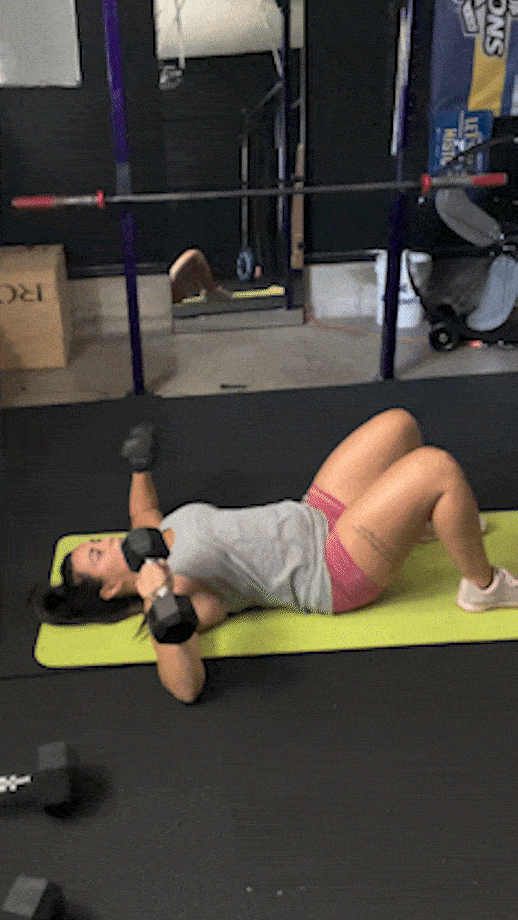
Spoto Press
Why do it: With Spoto presses, you can add heavier loads to the bar, thus helping with the hypertrophy of your chest and triceps. You’ll likely improve your regular bench press at the same time.
How to do it:
- Load a racked barbell with your desired weight and set up a flat weight bench below it.
- Lie down with your eyes underneath the bar, and your feet flat on the ground.
- Grab the bar with an overhand grip (palms facing the ceiling). Your hands should be positioned slightly wider than shoulder-width apart.
- Unrack the barbell.
- Lower the bar slowly. Instead of going all the way to the chest as you would a bench press, stop when the bar is roughly an inch above your chest.
- Hold for two seconds before exploding upward.
- Press for reps.
- Repeat for reps, then re rack the bar once your set is complete.
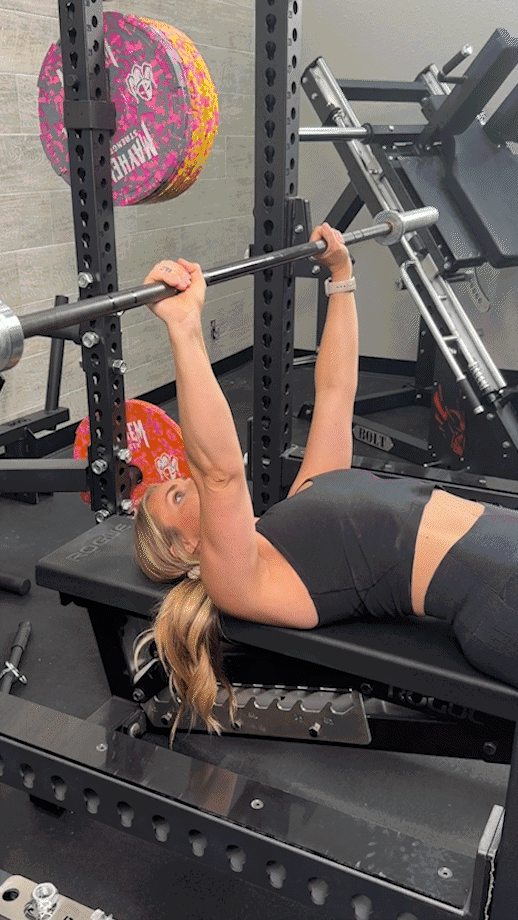
Push-Up
Why do it: Push-ups require zero equipment, and you can do them practically anywhere. I love how many push-up variations there are, too, which means you’ll keep your body guessing.
How to do it:
- Get into the high plank position. Your arms should be extended, and your palms should be on the ground, slightly wider than shoulder-width apart.
- Squeeze your glutes and engage your core.
- Bend your elbows so your body moves toward the floor. You’ll want your elbows tucked alongside your body.
- Continue until your chest is as close to the ground as possible. Hold momentarily.
- Push through your palms to return to the original position.
- Repeat for reps.
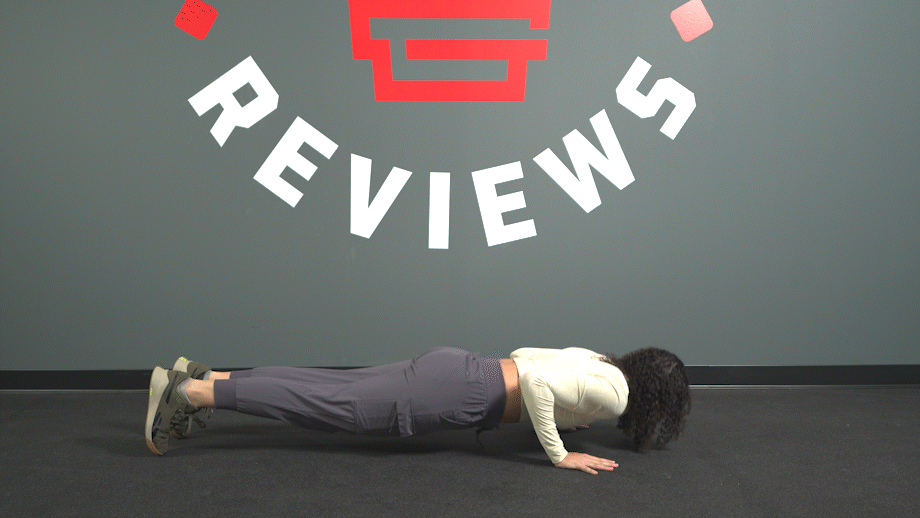
Hex Press
Why do it: Hex presses require more equipment than Svend presses—you’ll need an adjustable bench and a pair of dumbbells—but they allow you to lift heavier weights. Also, the movement patterns of both exercises are similar, so you’ll target the same muscle groups.
How to do it:
- Adjust a bench press so it’s either flat or inclined (either works for this exercise).
- Sit down with a pair of the best dumbbells resting on your quads.
- Lie back, taking the dumbbells with you.
- Position the dumbbells above your chest so that they’re touching one other. Your arms should be straight and your palms should be facing each other.
- Lower the dumbbells toward your chest by bending your elbows, ensuring that the dumbbells are touching throughout.
- Reverse the motion once the dumbbells reach your chest.
- Continue for repetitions.
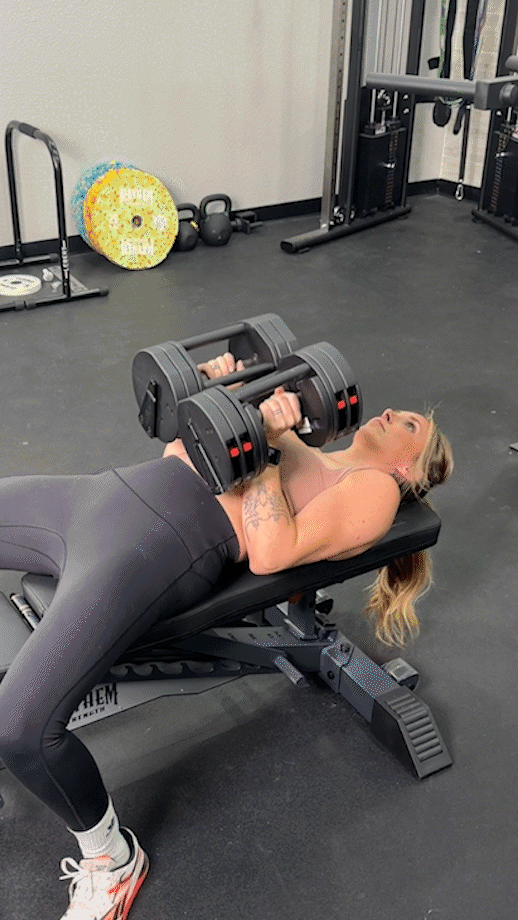
Benefits of the Svend Press
Why should you do the Svend press in the first place? Well, it doesn’t require as much equipment as other chest exercises, is friendlier on your joints, and you can use it as a warm-up or finisher. Allow me to elaborate:
Friendlier On The Joints
There’s a good reason for doing mobility exercises for your shoulders and rotator cuffs before heavy bench presses: injury prevention. Even so, warming up beforehand isn’t always foolproof.
Svend presses are a more joint-friendly exercise because you can do them with lighter weights and are less likely to feel the muscle stress that can lead to injury. Svend presses can also be a fantastic alternative chest exercise when recovering.
Can Be Used As A Warm-Up Or Finisher
You can use Svend presses in several different ways. Before doing heavy lifts on bench presses, you can Svend press to warm up your chest muscles. After performing other chest exercises, you can use them as a finisher to really feel the pump. Alternatively, you can use them as part of a superset workout to save time and increase volume on chest day.
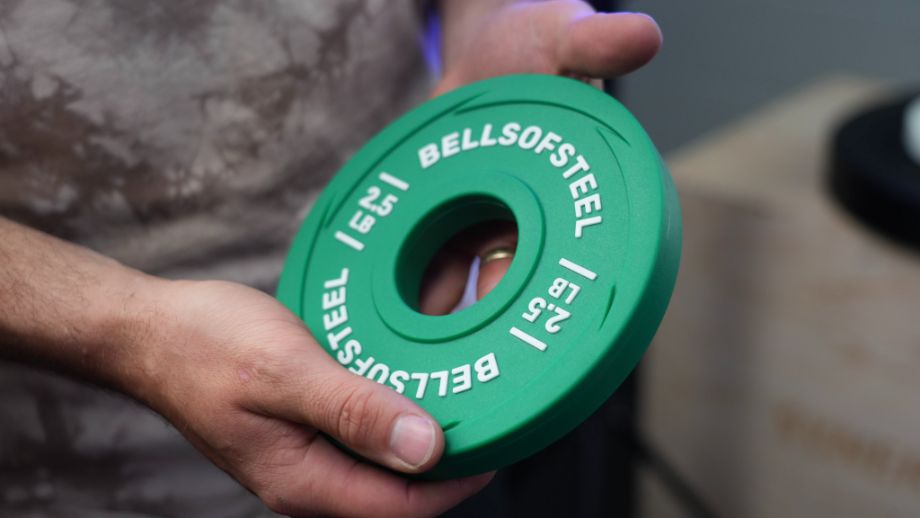
You Don’t Need Much Equipment
Barbell and dumbbell bench presses require a reasonable amount of equipment. Unless you have a gym setup at home, you likely won’t have everything needed. The Svend press—though typically done with two weight plates—can be performed with any heavy object. Add bodyweight exercises such as push-ups and dips, and you’ve got yourself a solid low-equipment chest workout.
Common Svend Press Mistakes
Svend presses might look simple at first glance, but there’s more to them. Below are three common Svend press mistakes I see clients make and how to avoid them:
Rushing Your Reps
The eccentric and concentric phases of the Svend press—the same goes for most exercises—should be done slowly and with precision. If you’re used to bodybuilding exercises such as the dumbbell bench press, where you move quicker, this might take some getting used to. However, doing slower reps could lead to muscle growth because it maximizes your muscles’ time under tension (TUT).
Weight Plates Are Too Heavy
Aim to do Svend presses with either two 5 or 10-pound plates. They’re unlike other chest exercises where you load the bar.
In the last 10 years since I started weight training, one of the most common Svend press mistakes I’ve seen is lifters trying to do Svend presses with heavy plates, which isn’t the point, and it can lead to poor form or injury.
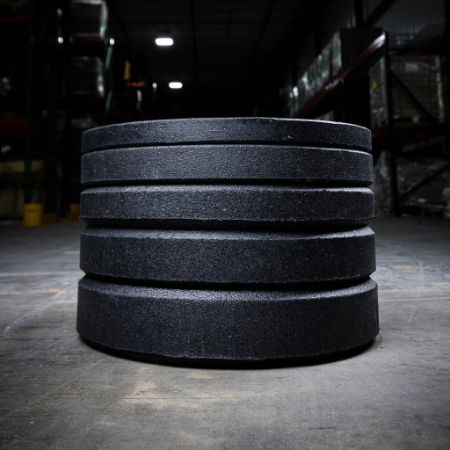
Arms Don’t Follow a Straight Path
Your arms should press straight out in front of you—or parallel to the ground—during Svend presses. You don’t want to extend your arms too high or low because this emphasizes the anterior deltoid rather than the chest. Get this movement path right to make the most of the exercise.
Muscles Worked By the Svend Press
The main muscle group targeted during Svend presses is the chest. However, Svend presses also activate the front delts and triceps. Here’s a breakdown:
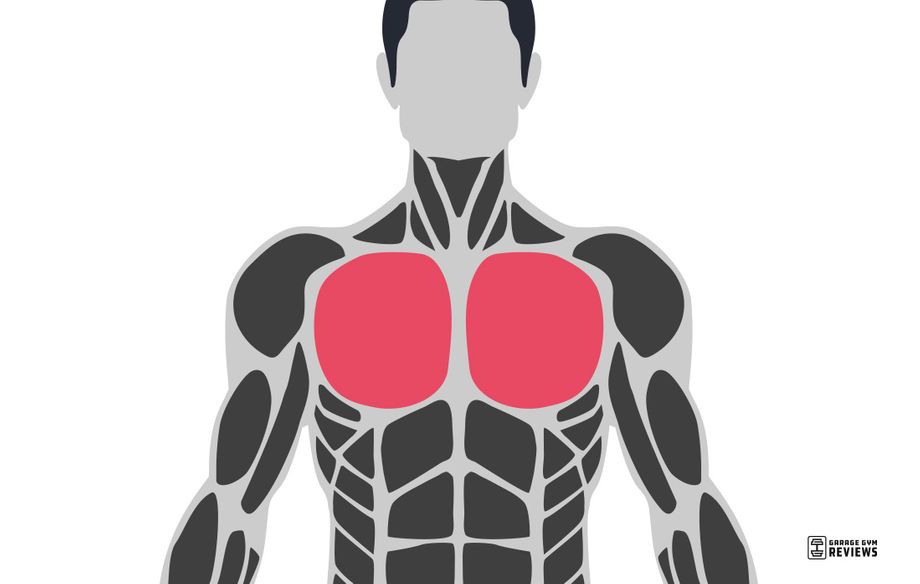
- Chest: The upper chest muscles (aka pecs) are responsible for2 flexion, adduction, and internal rotation of the humerus, stabilization of the scapula, as well as elevating and depressing the bones of the thorax.
- Front delts: The anterior deltoid flexes and medially rotates the humerus3.
- Triceps: Along with extending the forearm at the elbow joint, the triceps can stabilize the elbow joint4 when the forearm and hand are done with fine movements such as writing.
Svend Press: Final Thoughts
With this guide, you’ll have seen that Svend presses require less equipment than other chest exercises and can be friendlier on the shoulder joints and rotator cuff muscles.
To clarify, I wouldn’t recommend replacing compound exercises (such as the incline barbell bench press) with the Svend press, but rather including it in your chest workout as a warm-up, finisher, or independent exercise. And remember, before doing any chest exercise—or any resistance exercise in general—warm up by doing some cardio and dynamic exercises.
Svend Press: FAQs
Is the Svend press lying or standing?
Technically, you can do Svend presses both ways—lying or standing. The most common way is standing, but this doesn’t mean it’s the most effective way. It’s up to you to try both versions and see which you prefer. Personally, I enjoy the standing Svend press.
Can you do the Svend press with dumbbells?
You can do Svend presses with a single dumbbell. You’ll want to clasp both hands around the middle of the dumbbell and position it at your chest region. Then, perform the same movement pattern as the regular Svend press, ensuring you move slowly and your arms end in an extended position.
How many Svend presses should I do?
The number of Svend presses you should do depends on your fitness goals. The optimal number of reps to build muscle is between six and 12. If you want to improve your muscular endurance, you should aim for 15+ reps each set. The intended purpose of the Svend press isn’t strength-building, so I don’t recommend going lower than six reps.
References
- Calatayud J, Vinstrup J, Jakobsen MD, Sundstrup E, Brandt M, Jay K, Colado JC, Andersen LL. Importance of mind-muscle connection during progressive resistance training. Eur J Appl Physiol. 2016 Mar;116(3):527-33. doi: 10.1007/s00421-015-3305-7. Epub 2015 Dec 23. PMID: 26700744.
- Baig MA, Bordoni B. Anatomy, Shoulder and Upper Limb, Pectoral Muscles. [Updated 2023 Aug 28]. In: StatPearls [Internet]. Treasure Island (FL): StatPearls Publishing; 2024 Jan-. Available from: https://www.ncbi.nlm.nih.gov/books/NBK545241/
- McCausland C, Sawyer E, Eovaldi BJ, et al. Anatomy, Shoulder and Upper Limb, Shoulder Muscles. [Updated 2023 Aug 8]. In: StatPearls [Internet]. Treasure Island (FL): StatPearls Publishing; 2024 Jan-. Available from: https://www.ncbi.nlm.nih.gov/books/NBK534836/
- Tiwana MS, Sinkler MA, Bordoni B. Anatomy, Shoulder and Upper Limb, Triceps Muscle. [Updated 2023 Aug 28]. In: StatPearls [Internet]. Treasure Island (FL): StatPearls Publishing; 2024 Jan-. Available from: https://www.ncbi.nlm.nih.gov/books/NBK536996/
Further reading

Looking for a meal delivery service specially designed for your little ones? Find out if this one is right for you with our Little Spoon reviews! Read more

An emerging category, clear whey turns a protein shake on its head. Here are the best clear whey protein drinks. Read more

New to lifting weights? Our certified personal trainer explains beginner barbell workouts you can do. Read more

You don’t have to check out of your workout routine when checking into a hotel. Lean on these best hotel room workouts to stay on your fitness game. Read more

